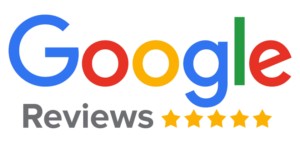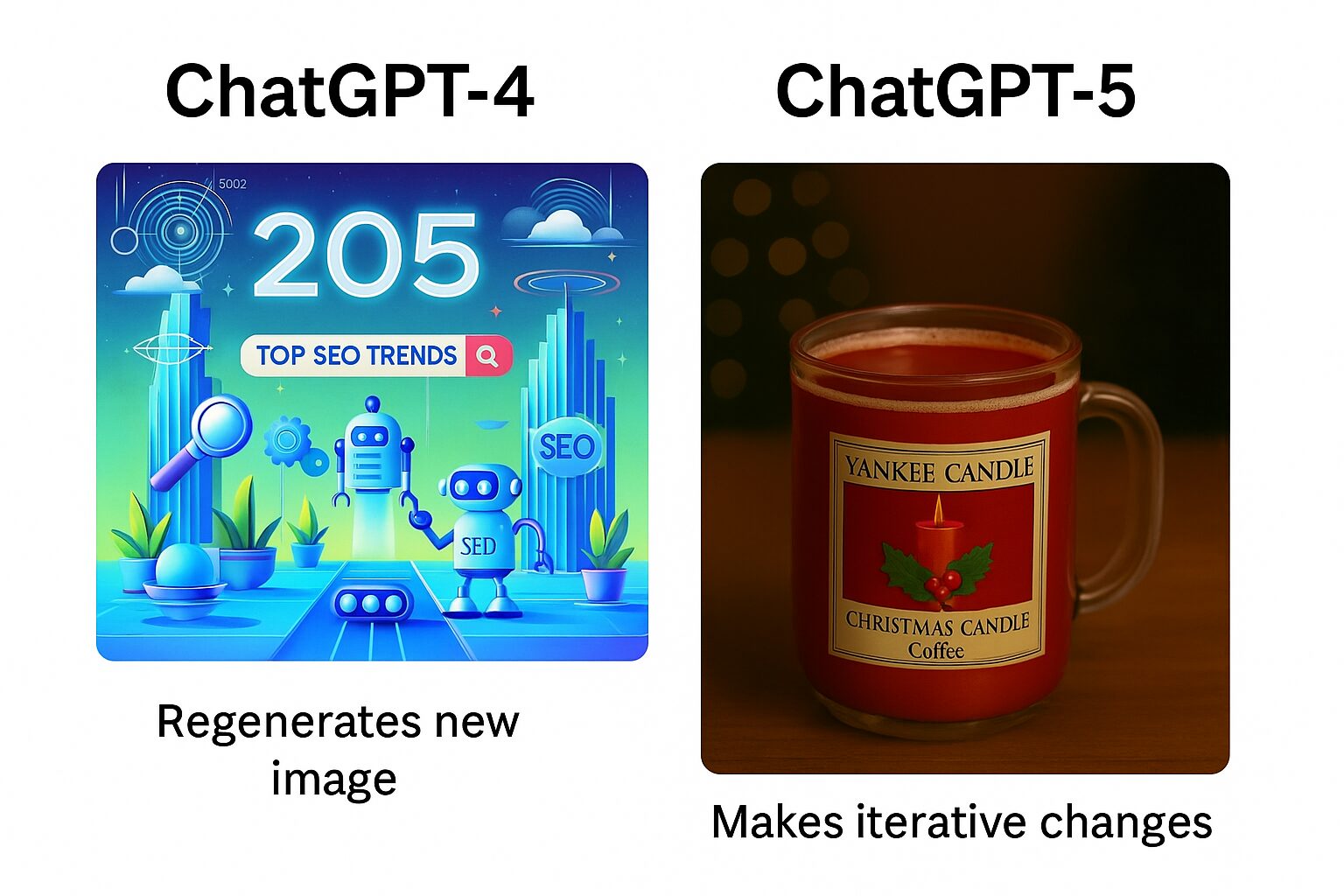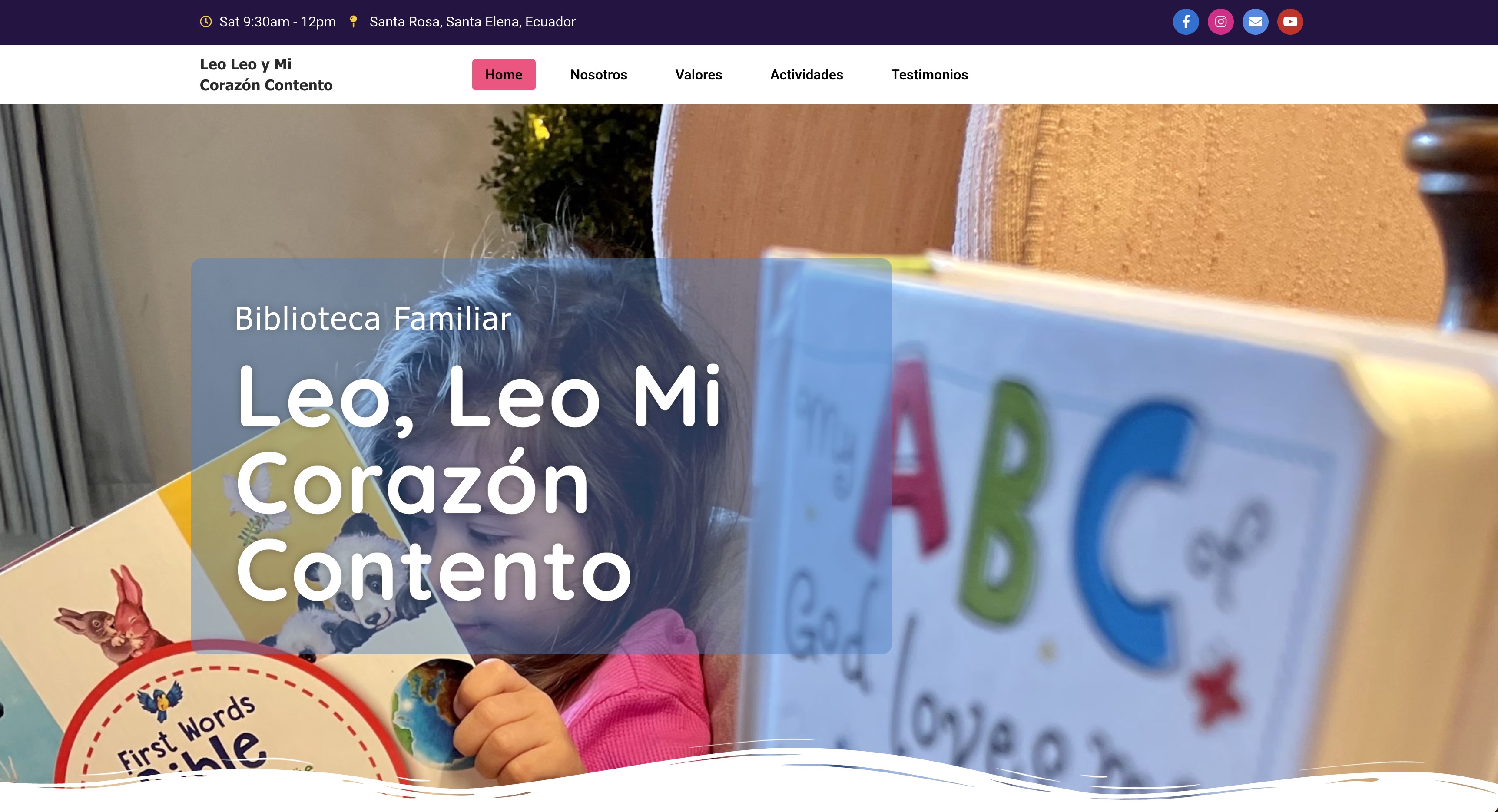Move to WordPress Special Offer
We’re looking for a few business owners who are interested in migrating their website from platforms like Squarespace, Wix, or Weebly over to an optimized WordPress setup with Elementor. We’re offering a discount of approx. 15% off (depending on website size).
We’ve done this many times, but this time we want to document the entire process and its impact on SEO, performance, and user experience. We’ll take screenshots with the intention of publishing the results at some point. We can blur out the website identity if needed.
Why This Matters for Growing Businesses
If you’re serious about growth, making the move to WordPress is a smart play. We’ve seen clients benefit almost immediately with better loading times, stronger search visibility, and way more control over their site. Long term, it gives you a scalable, future-ready foundation.
Platform Pros, Cons & Cost Reality
Every platform has its own strengths and weaknesses—some are better for getting a site live fast, others are built for the long haul. Here’s a quick side-by-side comparison to help clarify where WordPress (with Elementor) starts to shine.
Squarespace
Pros:
- Decent out-of-the-box templates
- All-in-one hosting and support
- No real setup or backend fuss
- Secure
Cons:
- Limited design flexibility
- Hard to customize deeply (no full access to code)
- SEO is basic—no access to advanced tools
- Migrating content or structure later is a pain
- Cannot optimize scripts and images on their platform
Costs:
- $23–$36/month
- Add-ons for email campaigns, scheduling, memberships = extra
- No upfront fee, but limited long-term scalability
Weebly
Pros:
- Extremely beginner-friendly
- Integrates with Square POS (point-of-sale)
- Good for small, local businesses just getting online
Cons:
- Designs feel outdated
- Poor scalability and limited third-party integrations
- SEO options are minimal
Costs:
- $12–$26/month
- Add-ons like forms, analytics, and shipping can add up
- Decent for basic websites, but not ideal for growth
Wix
Pros:
- Super flexible drag-and-drop builder
- Large app market
- Fast startup time
Cons:
- Hard to maintain consistent UX without design knowledge
- Performance issues on larger sites
- Not ideal for SEO or clean code
- Migration to other platforms is messy
Costs:
- $17–$36/month
- Premium templates and added tools = extra monthly costs
- Still lacks deep customization for developers
WordPress
Pros:
- Full control over design, content, and performance
- Thousands of plugin options—both free and premium
- Best long-term SEO flexibility
- Easy to connect to almost any tool or platform
Cons:
- Requires more setup (or hiring someone like us)
- Needs ongoing maintenance (plugin updates, backups, etc.)
- Potential costs can vary based on plugins and support
Costs:
- Typical hosting: $5–$30/month
- Larger upfront cost: $750+ (custom depending on site size)
- We’re offering discounts right now for those willing to participate in this documentation project
What Will This Actually Do for Your Business?
If you want to grow, we don’t see any way around it—WordPress is the way to go. Let’s talk about what really happens when you switch from a template platform to a modern WordPress build with Elementor.
Functionality Grows
You’re no longer stuck with “what the platform offers.” Want to build a multi-step lead form? Easy. Want to add online booking, upsells, or gated content? No problem. WordPress gives you options, without locking you into one company’s ecosystem.
Better Design
You can still make your site look however you want—but now you’re not limited to a rigid theme. Elementor allows for pixel-level control, responsive design settings for mobile/tablet/desktop, and animation or motion features (if you want them). More importantly, it gives users a smoother, more intuitive experience.
Better SEO = More Visibility
You get full control over how each page is indexed and how everything is labeled or scripted. That means a much greater chance of climbing the rankings for your most important keywords.
Faster Load Times, Cleaner Code
WordPress, when paired with a clean theme, good caching, and image optimization, is fast. Site speed doesn’t just help SEO—it also improves bounce rates, conversions, and overall customer satisfaction.
What Does Migration Look Like?
We’re going to outline a basic transfer. This version of the migration is about porting over your current content and structure while optimizing the backend for speed and SEO.
Step-by-Step Migration Flow:
- Audit Your Current Site: Use automated and manual tools to list all pages, blog posts, images, and links.
- Set Up a Staging Site: Install WordPress + Elementor on a test server (no caching yet). Install essential plugins for SEO, email/SMTP (for contact form deliverability), image optimization, and redirection of old URLs.
- Content Migration: Manually pull content over for better quality. Re-upload media from the original files when possible.
- Check Basic SEO: Make sure there are titles, meta descriptions, alt text, and internal links.
- Functionality Testing: Ensure that forms, e-commerce, galleries, and any interactive elements work as expected.
- URL Redirection: Redirect every old URL to the correct new one so that your traffic and SEO rankings stay intact.
- Go Live: Point your domain (DNS or nameservers) to the new site and make sure all records (including email) are correct.
Moving/Cloning Nuances
If your current design is working, we can keep it close. But honestly, exact pixel-by-pixel cloning can slow the process down and cost more. Slight improvements—like better fonts, spacing, or layout tweaks—can modernize your site and make it feel fresh without losing your site identity.
If you’re interested in giving this a try, with some real tracking and analysis along the way, please let us know. As a bonus, you’ll get the work at a discounted rate since this is part of a documentation experiment.




